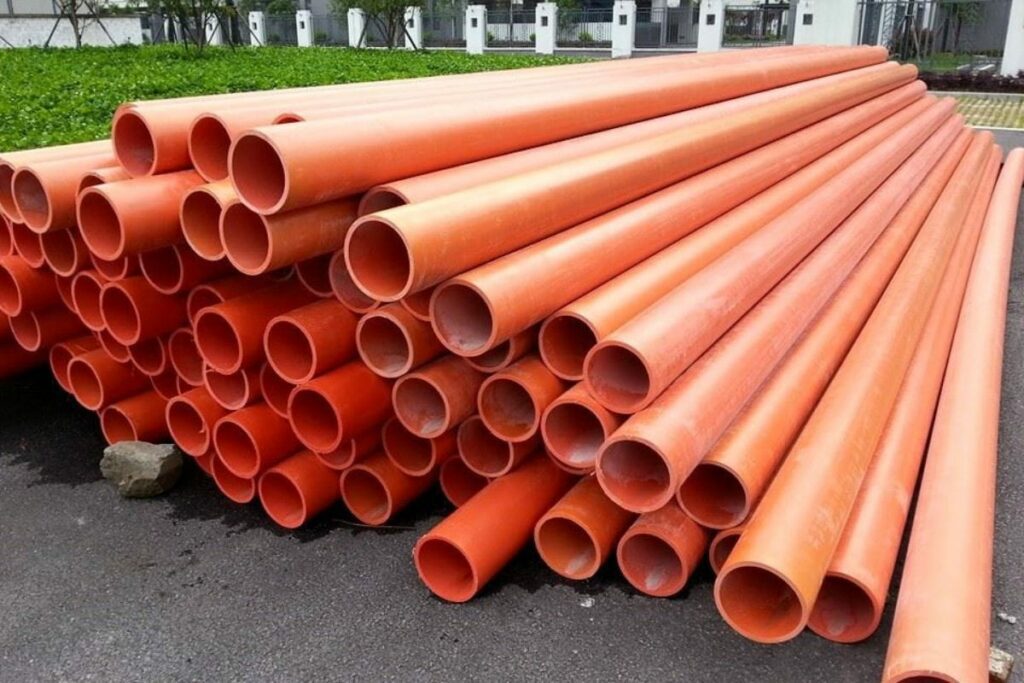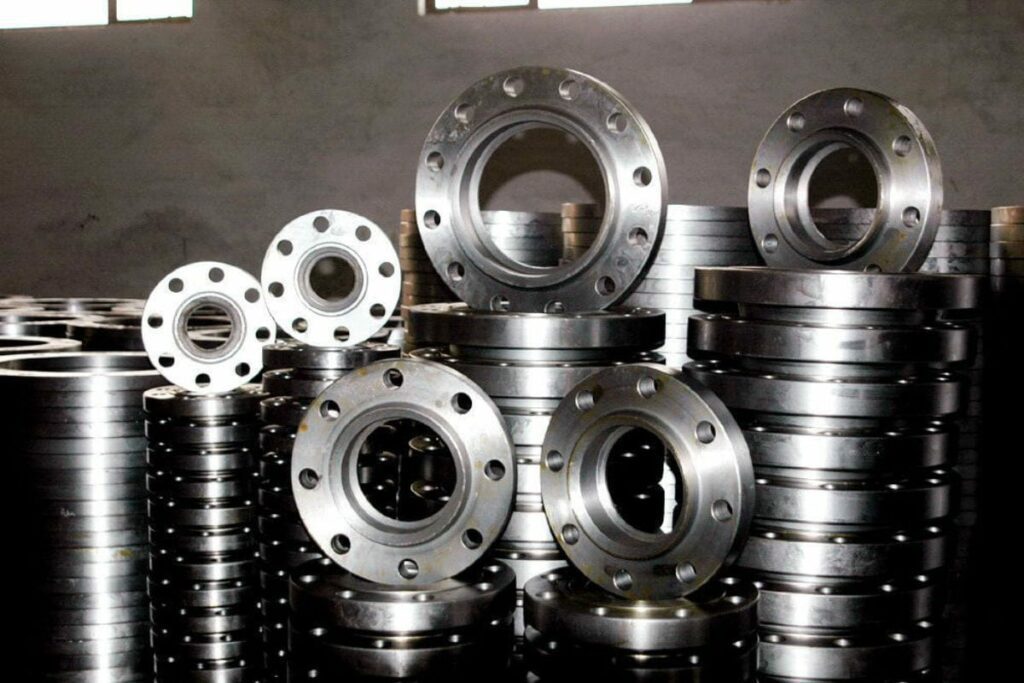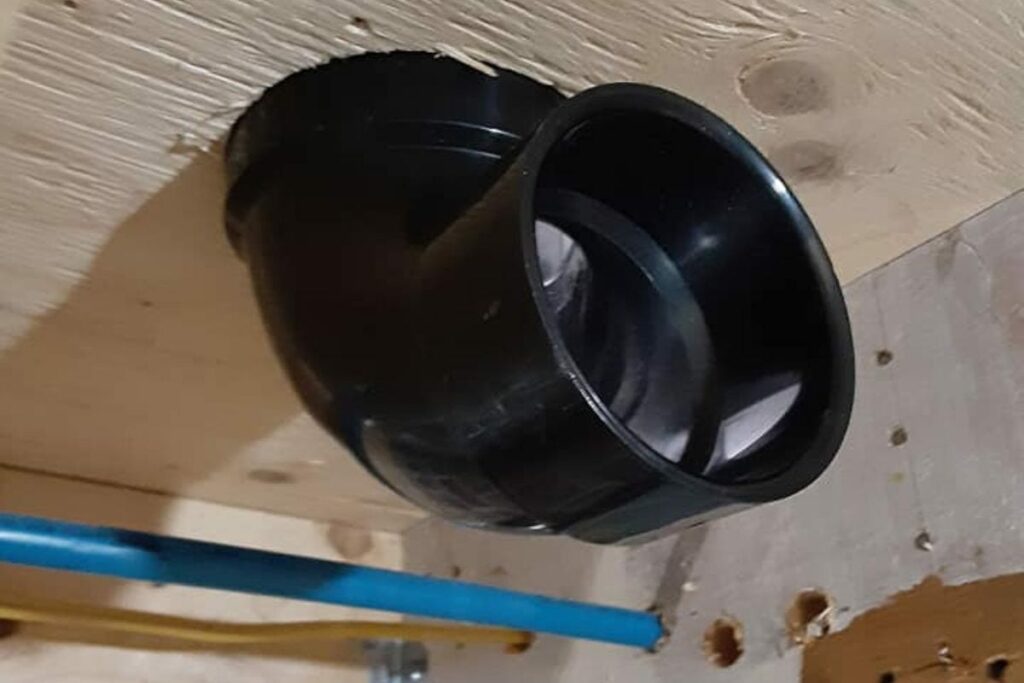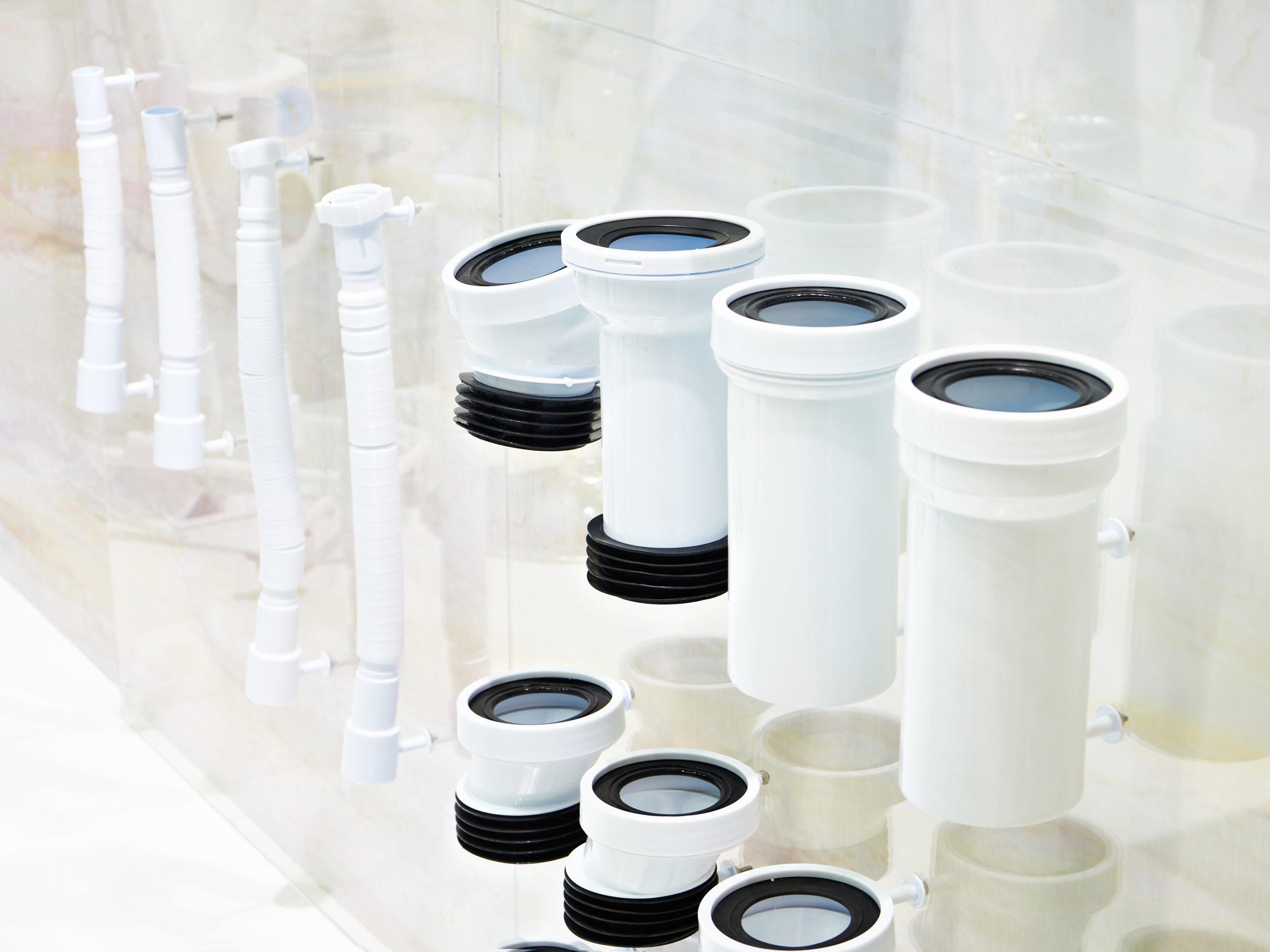For the past few decades, 3-inch pipes have been a standard for toilet drains in homes. However, 4-inch drain pipes are also used in commercial restrooms and buildings since they can remove more waste. So, the standard size of a toilet drain pipe is 3 or 4 inches.
Further, in this article, we will discuss the pros and cons of the two standard sizes, the types of pipes used in drains, and some things you need to keep in mind while choosing the specific drain size pipe.
3-Inch Toilet Drain Pipes
The 3-inch toilet drain pipes are the industry standard. Most of their users claim that they are affordable and effective. If you don’t have any unusual toilet usage requirements, a 3-inch pipe will be adequate. Furthermore, a 3-inch pipe plumbing system is more manageable.
Pros
Some advantages of using 3-inch drain pipes are:
- 3-inch drain pipes have been standard for years, so they adjust with all plumbing fixtures.
- They are easily available in the market.
- The price is lower than the 4-inch drain pipe.
- Cost-effective solution for small homeowners
Cons
Apart from some advantages, there are some cons of using 3-inch toilet drain pipes:
- They carry less amount of waste.
- Due to their small size, these 3-inch pipes are prone to clogging.
4-Inch Toilet Drain Pipes
The 4-inch drain pipes outperform the 3-inch drain pipe because they can carry more waste. They are less likely to clog, but that doesn’t mean they can be used as a garbage can.
Even with a 4-inch-wide pipe, flushing anything other than trash and toilet paper might produce a drain blockage.
It is common to see 4-inch drain pipes in business buildings since numerous toilets use the same drain pipe.
Pros
Now, let’s talk about the pros of using 4-inch toilet drain pipes.
- They are superior to 3-inch pipes due to more waste removal capacity.
- Commonly used in commercial buildings and public toilets since they can handle more waste.
- 4-inch pipes don’t clog often unlike their counter pipes.
Cons
- It costs more to install a 4-inch pipe than a 3-inch pipe.
- They occupy more space and are not suitable for small washrooms.
Types of Drain Pipes Used for the Toilet?
Based on the types of materials, you will normally find two types of drain pipes in the market; PVC pipes and ABS Pipes. Each of these pipes has its own advantages and disadvantages. So, based on your requirements, you should select the one that is suitable for you.

1- PVC Pipes
Pipes made of PVC are used in plumbing because of their adaptability, low weight, and resistance to clogging. PVC piping is typically installed as a component of the drain line for a sink, toilet, or shower; however, it is also frequently utilized as the primary water supply pipe in a residence.
PVC pipe installation has a number of advantages.
- Inexpensive: PVC’s lightweight characteristics not only reduce the amount of work required for installation but also reduce the cost of shipping the material. This makes PVC an affordable material.
- Blockage-Resistance: The smooth inner lining of PVC expedites the draining action and protects it against silt accumulation and blockages.
- High-Pressure Resistance: PVC does not bend readily, but the pipe does have some flexible features that allow it to endure the continuous input of high water pressure.
2- ABS Pipes
Plastic pipe made of acrylonitrile butadiene styrene (ABS) is comparable to PVC and may be distinguished by its black color. ABS is only used for drain and waste piping because of its extended lifetime.
- Easy Installation: Unlike PVC pipes, ABS pipes do not require a solvent layer prior to putting the cement that keeps them together.
- Cold temperature Resistant: Even though it lacks the flexibility of PVC, it is better able to endure colder temperatures than PVC.
Things to keep in mind while choosing the drain pipe
When you are planning to decide which pipe might be suitable for your toilet drain, do consider the size of the flange, the size of the washroom, and how often the toilet is used.

Size of the Flange
The flange is the component of the toilet that mounts to the floor and leads to the drain pipe. A flange is made up of a pipe and a ring that is fastened to the floor using bolts.
An incorrectly-sized toilet flange can cause major problems with your plumbing system since it is responsible for connecting the toilet to the drain pipe.
Flanges come in a wide range of sizes and designs, so you won’t have difficulty locating one to fit your drain pipe. For instance, if you consider using a 3-inch pipe, find the flange that fits this pipe.
A mismatch between the flange and the drain pipe will likely result in wastewater leaks as well as the odor of sewage gas.
Size of Washroom
The size of the washroom also matters a lot when considering a drain pipe. For small washrooms, if you use a 4-inch drain, you may not be able to attach the waste pipe to other plumbing attachments like showers and sinks in the small space. So, consider using a 3-inch pipe in a home toilet.
Usage
The choice of the drain pipe size should be based on the usage. As you know, 4-inch pipes can handle more waste, so their use is most appropriate in commercial buildings, which handle a lot of toilet waste daily. In addition, you can use this pipe for the main drainage line of your house.
However, for homeowners, with a single toilet in the washroom, the 3-inch diameter drain is recommended.
What other pipes are connected to the Toilet?
Apart from the drain pipe, toilets have a closet bend and a water supply line.

Closet Bend
A closet bend is an elbow joint placed underneath the toilet that further joins the drain pipe. Its size also varies like toilet flange and drain sizes. Closet bends are available in 3 or 4-inches diameters.
Water Supply Line
A regular 1/2-inch copper or plastic pipe serves as the toilet supply line. However, this line isn’t directly attached to the toilet instead a supply tube connects it to the toilet tank.
The same water line is used throughout the house to deliver water to all appliances, including the washing machine, faucets, showers, etc.
Choice of the correct drain size is extremely important for a house owner. We hope that based on the information gained through this article, you will easily decide the size that suits your use. However, if you plan to go with a large pipe size, that doesn’t mean that you can use your toilet as a trash bin.

Amos Christen graduated with a bachelor’s degree in Interior Design from Drexel University — Philadelphia, PA. Since 2003, Amos has worked with top interior design professionals in this area, including architects and interior/graphic/lighting designers. As a skilled interior designer, Amos Christen is highly versed in fine arts and crafts and uses that to supplement his main area of expertise. He often publishes articles related to home décor on several websites, including Sprucetoilets.com, Sprucebathroom.com, and Mybesuitedhome.com. He also contributes to leading interior design magazines.
